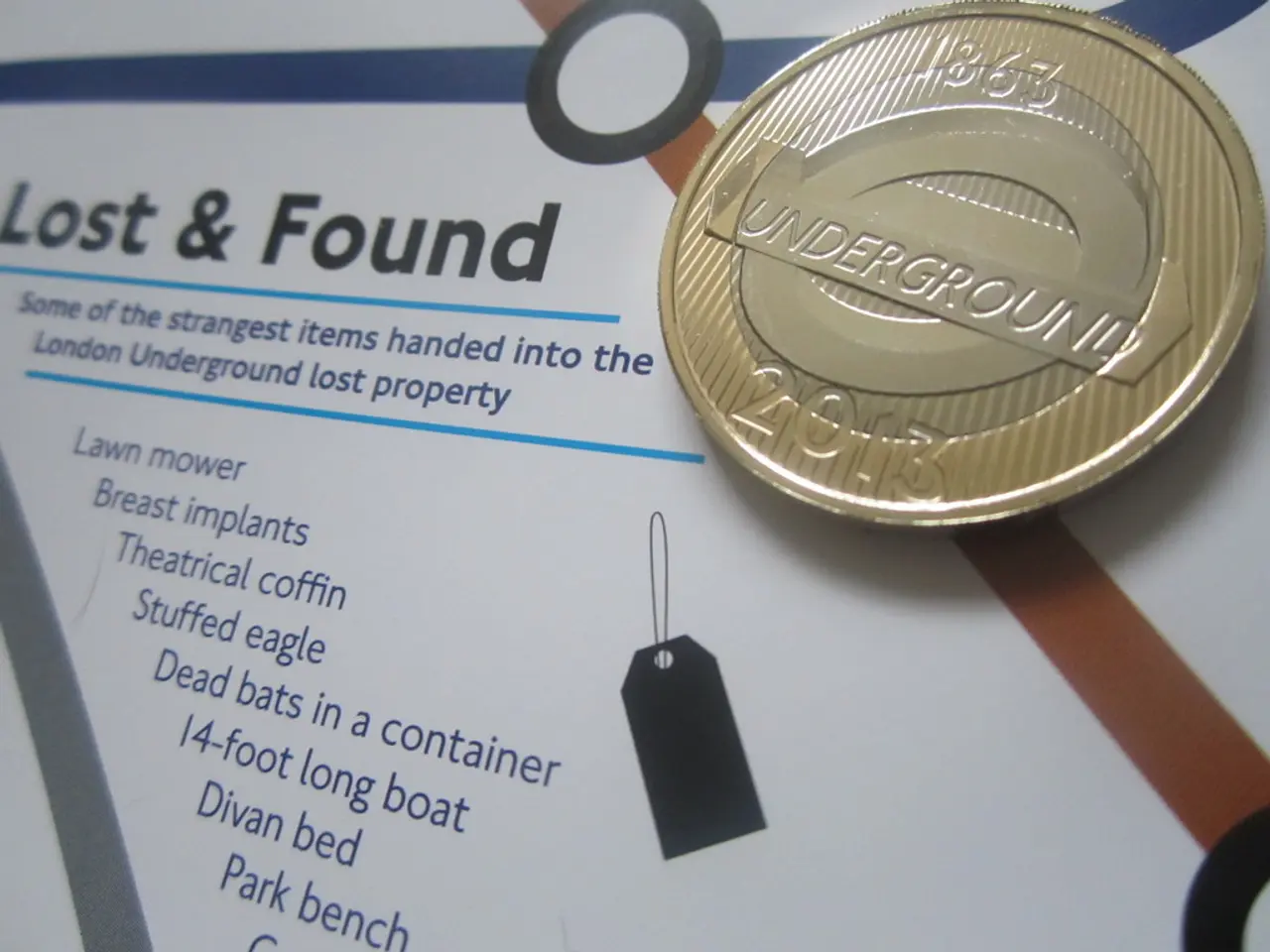Anticipated Trends in the B2B Cross-border Payments Sector
In a revealing report, FXC Intelligence has shed light on the predicted trends for the B2B cross-border payments industry in 2024. The industry, which is set to reach a staggering market size of $56.1tn by 2030, is experiencing significant growth and investment, signalling its importance within the global payments market.
The report explores nine key trends that are expected to progress throughout the next year:
- Acceleration of blockchain and distributed ledger technology (DLT): Mastercard and J.P. Morgan's partnership in 2024 is a testament to the growing use of blockchain for improving cross-border B2B payments, enabling near-instant transfers and enhanced transaction tracking.
- Shift toward embedded finance solutions: Integrating payment capabilities directly into e-commerce, marketplaces, and SaaS platforms will make international payments easier, cheaper, and more accessible, particularly benefiting SMEs.
- Wider adoption of real-time payments (RTP) and automation: Experts emphasise the need for interoperable global RTP networks to overcome siloed domestic systems, ensuring seamless multi-currency processing.
- Growing use and potential of stablecoins for cross-border payments: Stablecoins can significantly reduce costs and time, particularly in corridors with high costs and slow speeds such as Latin America, Sub-Saharan Africa, and the Middle East.
- Banks upgrading low-value and retail cross-border payment offerings: Responding to rising customer expectations, banks are improving their cross-border payment services to offer instant, transparent, and cost-effective experiences.
- Increasing regulatory focus and compliance innovation: Addressing anti-money laundering (AML), know your customer (KYC), and other compliance challenges is crucial for facilitating smoother cross-border transactions.
- Integration of AI and advanced fraud detection technologies: Enhancing security in cross-border transactions is key, and AI is expected to play a significant role in this, ensuring trust and reducing risk.
- Focus on transparency and customer experience: Businesses and consumers should be able to easily track payments and understand fees, fostering trust and adoption.
- Expansion of embedded cross-border payment platforms and APIs: Digital ecosystems and platforms can generate revenues via FX spreads or transaction fees while simplifying international commerce for businesses of all sizes.
Additionally, the adoption of multi-currency wallets and improved IBAN solutions is expected to increase due to better cross-border payment infrastructure. Established payment players are reporting increased contributions to their overall revenue from B2B activity.
Global regulation changes are expected to make B2B payments faster and more secure. AI is expected to boost fraud prevention and analytics in the B2B cross-border payments industry, driving further innovation and transformation.
For more insights and input from a wide range of industry experts, click here. The B2B cross-border payments industry is ripe for transformation and innovation, driving progress across these key trends.
[1]: Source 1 [2]: Source 2 [3]: Source 3 [4]: Source 4
- The partnership between Mastercard and J.P. Morgan in 2024, as mentioned in the report, showcases the increasing use of technology, particularly blockchain and distributed ledger technology (DLT), in the business sector, aiming to improve cross-border B2B payments.
- Integrating payment capabilities directly into various digital platforms, as suggested by the report's trend of shifted toward embedded finance solutions, indicates the significant role of technology in making international payments more accessible, cheaper, and easier, especially for Small and Medium Enterprises (SMEs).




